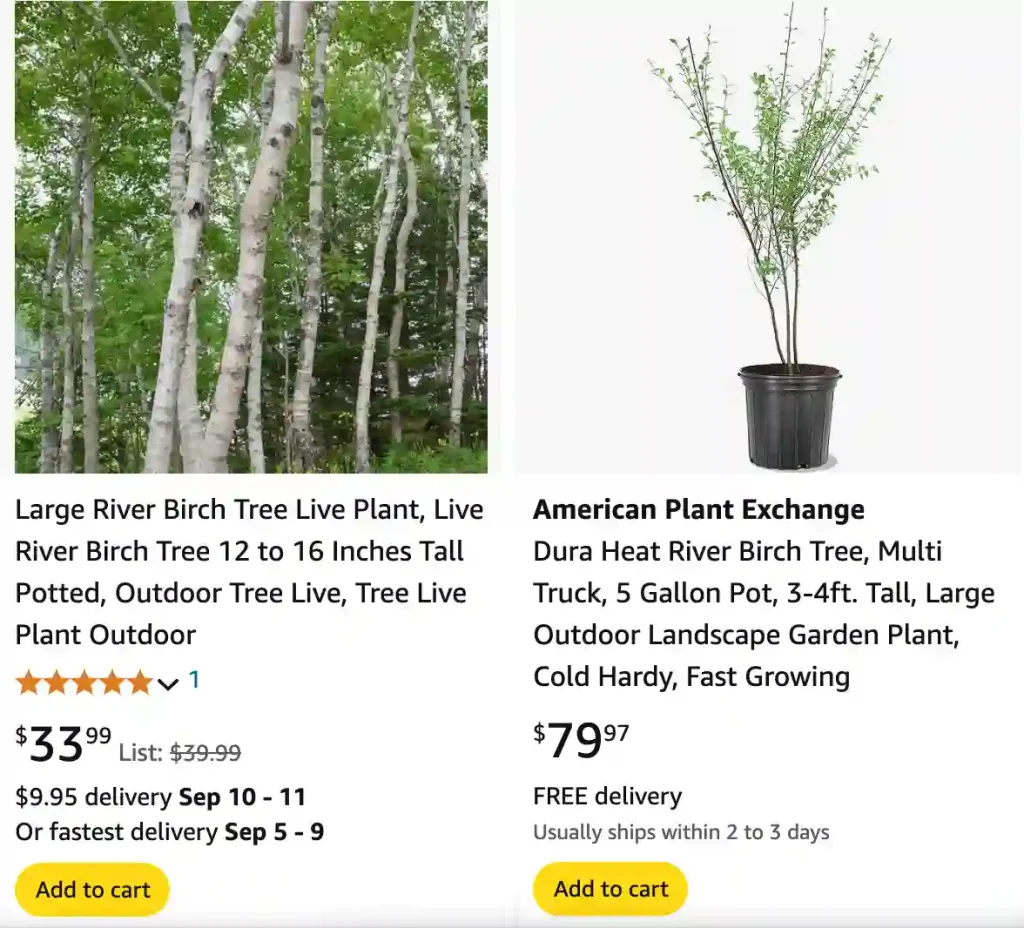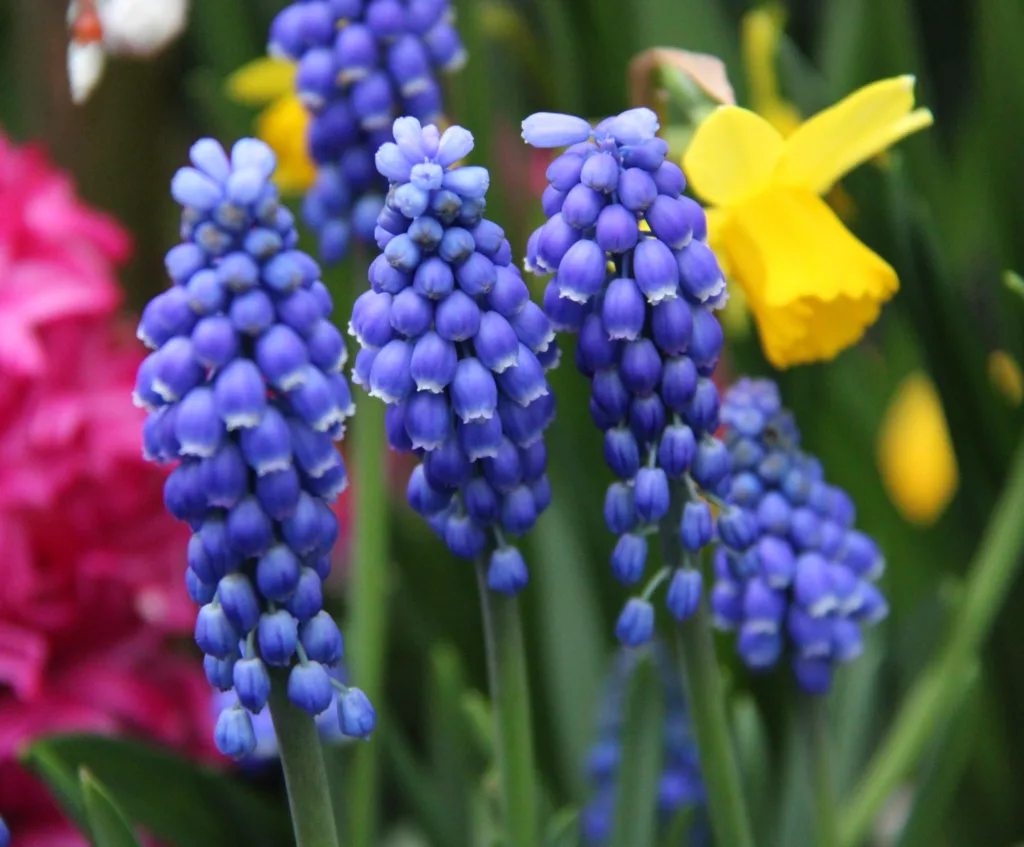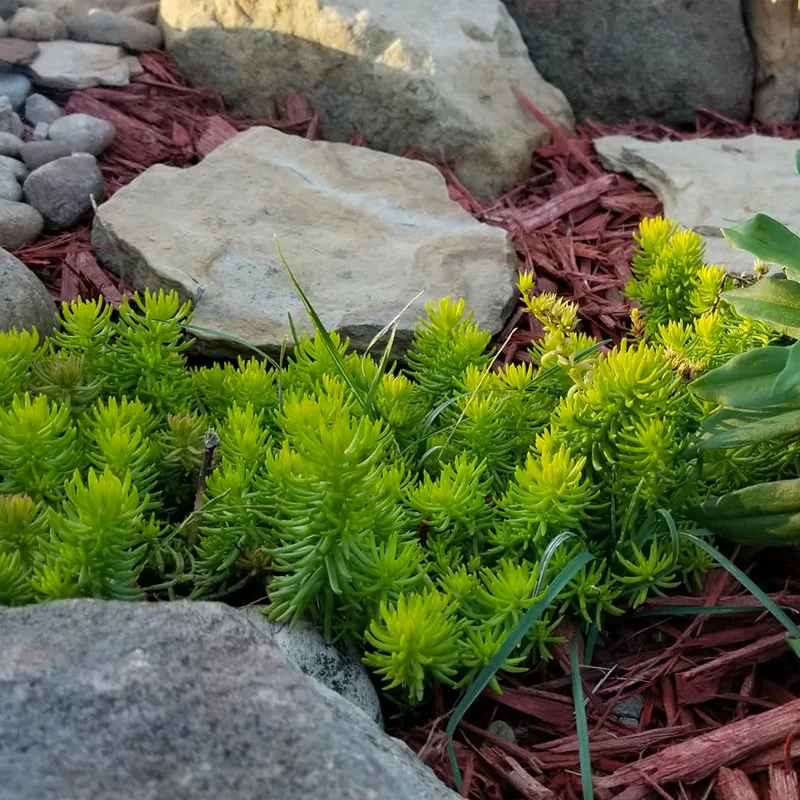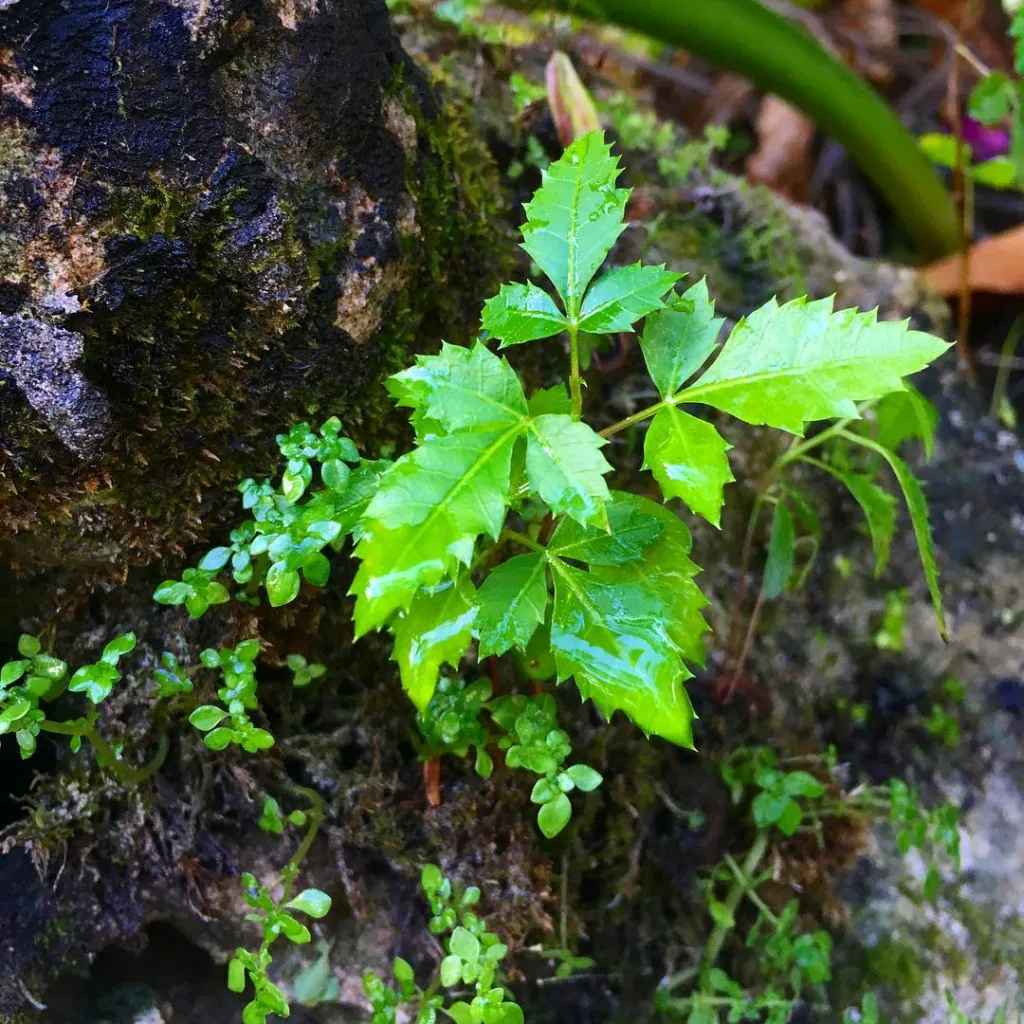
River Birch FAQs: Everything You Need to Know
River Birch trees have always intrigued me with their distinctive appearance and adaptability. If you’re considering adding this tree to your landscape or simply curious about its characteristics, I’ve compiled a list of frequently asked questions about River Birch trees to help you out.
How Fast Do River Birch Trees Grow?
In my experience, River Birch trees are quite fast growers. They can add 2 to 3 feet of height per year under optimal conditions. This rapid growth makes them a popular choice for creating a quick, dense screen or for adding a splash of green to your garden.
How Long Do River Birch Trees Live?
River Birch trees generally have a lifespan of about 30 to 50 years. They can live longer if they are well-cared for and planted in the right conditions. While not the longest-lived tree, their beauty and shade make them a valuable addition to many landscapes.
When to Prune River Birch?
I recommend pruning River Birch trees in late winter or early spring before new growth starts. This timing helps minimize the sap loss that is common with these trees. Pruning during dormancy ensures the tree remains healthy and encourages strong new growth.
How Big Do River Birch Trees Get?
River Birch trees can reach a height of 40 to 70 feet and spread about 40 to 50 feet wide. Their size makes them ideal for providing substantial shade or as a focal point in larger landscapes.
Is River Birch Good Firewood?
River Birch is not typically considered the best firewood. While it does burn fairly well, it tends to produce more ash and is less efficient compared to hardwoods like oak or hickory. Its primary use is more for ornamental purposes rather than firewood.
Can You Cut One Trunk of a River Birch?
Yes, you can cut one trunk of a River Birch tree. However, keep in mind that River Birch trees naturally have multiple trunks, and cutting one may affect the overall appearance and health of the tree. It’s best to consult with a professional if you’re unsure.
How to Prune a River Birch Tree?
To prune a River Birch tree, start by removing any dead, diseased, or crossing branches. Focus on maintaining an open canopy to improve air circulation and light penetration. Always use sharp, clean tools to make clean cuts, which helps prevent disease.
How Far Apart to Plant River Birch Trees?
When planting River Birch trees, I usually recommend spacing them about 20 to 30 feet apart. This spacing allows each tree to develop its full canopy without overcrowding. Proper spacing also reduces competition for nutrients and light.
Are River Birch Roots Invasive?
River Birch roots can be somewhat invasive. They tend to spread widely and may interfere with underground utilities or damage nearby structures if planted too close. It’s wise to plant them away from foundations, sidewalks, and septic systems.
Do Deer Eat River Birch Trees?
In my experience, River Birch trees are not a favorite among deer. While deer might nibble on young shoots or leaves, mature River Birches are generally not heavily browsed by these animals. However, this can vary based on local deer populations and available food sources.
Is a River Birch a Good Tree?
Absolutely, River Birch is a great tree for many landscapes. Its attractive bark, rapid growth, and adaptability to various soil types make it a versatile choice. It’s particularly well-suited for wet areas or low-lying parts of a garden.
Is River Birch a Hardwood?
River Birch is considered a soft hardwood. While it is denser than some softwoods, it is not as hard as true hardwoods like oak or maple. Its wood is useful for various applications, but it’s not typically used for high-stress purposes.
Are River Birch Trees Evergreen?
No, River Birch trees are not evergreen. They are deciduous, meaning they shed their leaves in the fall. In the spring and summer, they provide lush green foliage and attractive bark, but you’ll need to be prepared for leaf drop in autumn.
Can River Birch Grow in Standing Water?
River Birch trees are quite tolerant of wet conditions and can grow in areas with standing water. They thrive in swampy or boggy areas, making them a great choice for wetland gardens or areas prone to flooding.
River Birch vs. Paper Birch
Comparing River Birch to Paper Birch, the main difference lies in their appearance and habitat preferences. Paper Birch has a white, peeling bark and prefers drier soils, whereas River Birch has a distinctive, peeling, reddish-brown bark and thrives in wetter conditions.
River Birch vs. White Birch
River Birch and White Birch differ significantly. White Birch is known for its striking white bark and is often used for ornamental purposes. River Birch, on the other hand, has a more rugged bark and is better suited for wet areas.
River Birch vs. Heritage Birch
Heritage Birch is a cultivar of River Birch, known for its improved disease resistance and uniform growth. While River Birch offers natural beauty and adaptability, Heritage Birch provides enhanced features and a more refined appearance.
River Birch vs. Silver Birch
Silver Birch, known for its silver-white bark and delicate foliage, contrasts with the River Birch’s rugged, reddish-brown bark. Silver Birch prefers well-drained soil, while River Birch can handle more moisture.
River Birch vs. Whitespire Birch
Whitespire Birch is another cultivar of the River Birch, characterized by its white bark and smaller size. It offers a cleaner, more uniform appearance compared to the traditional River Birch, making it a great choice for decorative purposes.
River Birch vs. Aspen
Aspen trees and River Birches differ in several ways. Aspen trees are known for their bright white bark and trembling leaves, while River Birches have peeling bark and are more tolerant of wet soils. Aspens typically grow in clusters, whereas River Birches grow as individual trees.
River Birch vs. Bald Cypress
Bald Cypress and River Birch have distinct differences. Bald Cypress has a unique, knobby bark and is known for its “knees” that protrude from the soil. River Birch, with its peeling bark and tolerance for wet conditions, is better suited for areas prone to flooding, while Bald Cypress thrives in standing water.
What is the Best Soil for River Birch?
River Birch prefers moist, well-drained soil but can tolerate various soil types, including clay and sandy soils. Adding organic matter can enhance soil quality and support healthy growth.
How to Propagate River Birch?
River Birch can be propagated through seeds or cuttings. Softwood cuttings taken in late spring or early summer root well. Seeds should be sown in a nursery bed and kept moist until germination.
What to Plant with River Birch?
Consider planting shade-tolerant ground covers or shade-loving perennials around River Birch trees. Hostas, ferns, and astilbes work well in the shade provided by these trees.
River Birch trees have much to offer with their quick growth, attractive bark, and adaptability. Whether you’re enhancing your garden or simply learning more, understanding these FAQs will help you make the most of this versatile tree.




